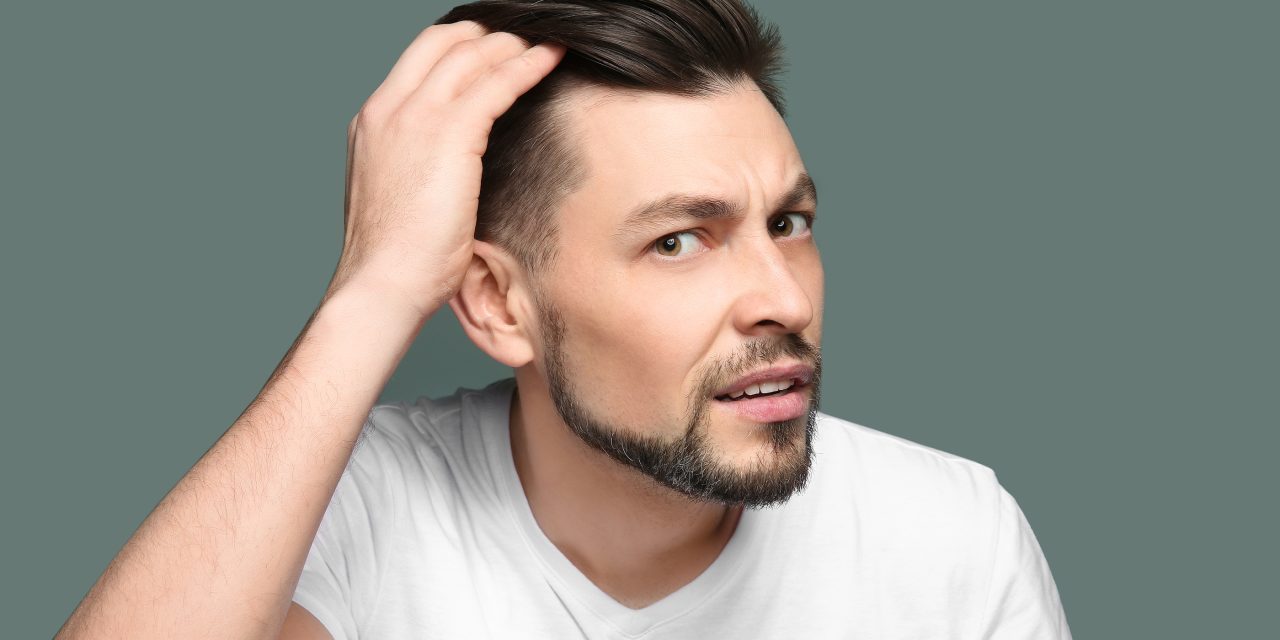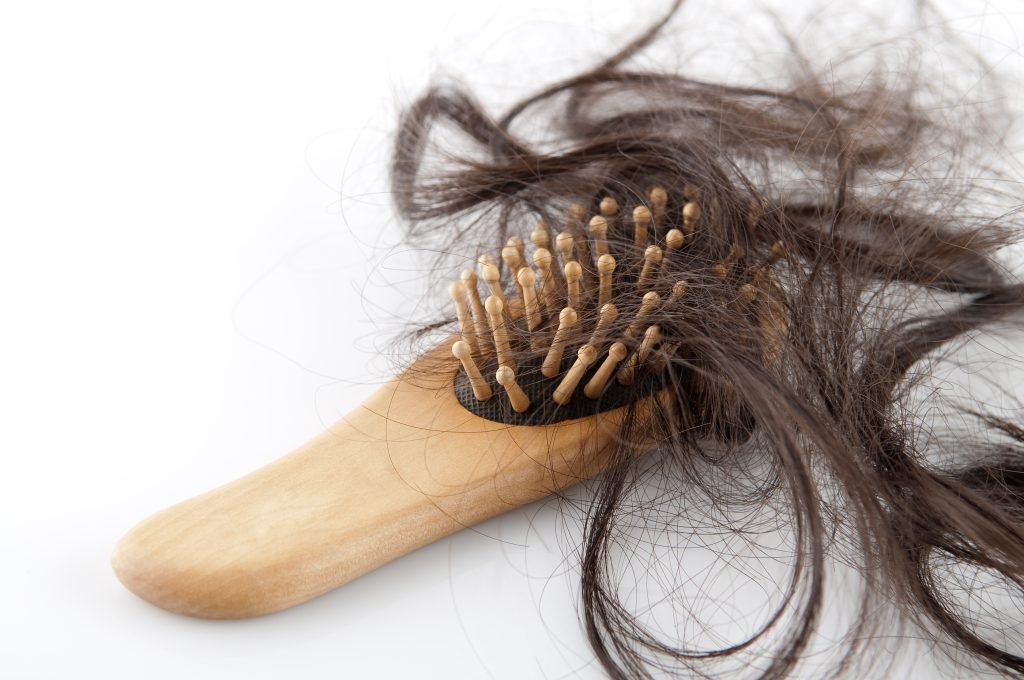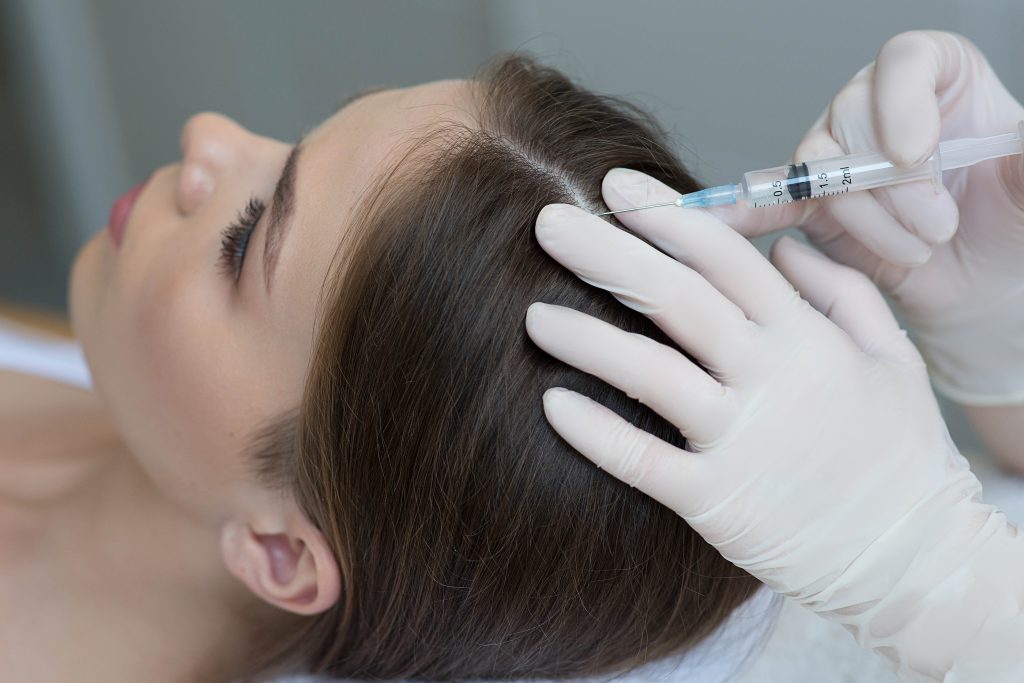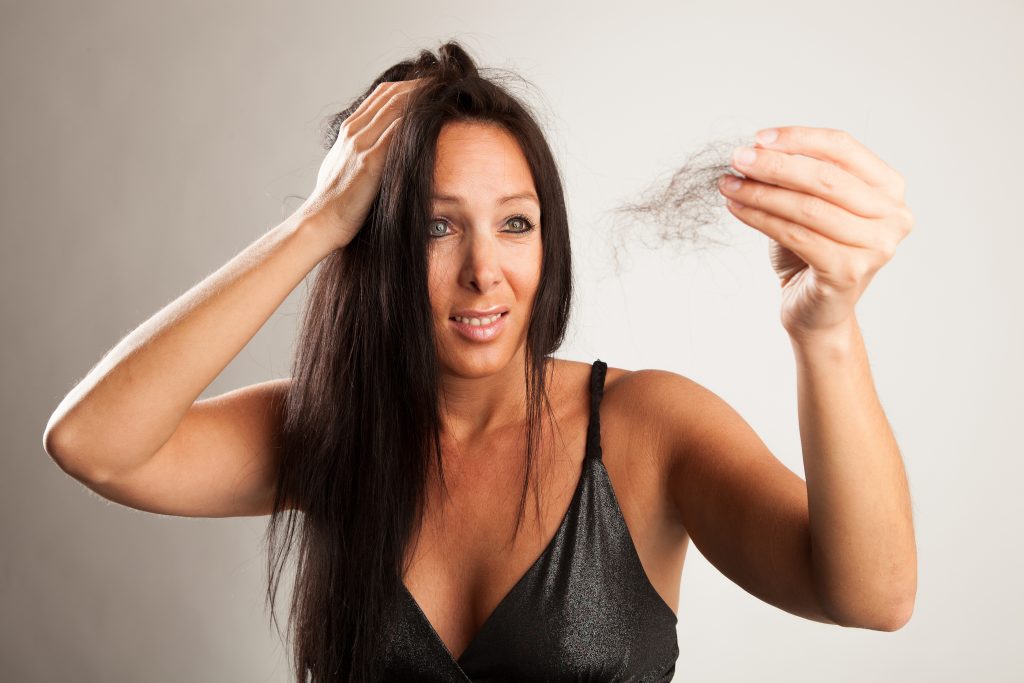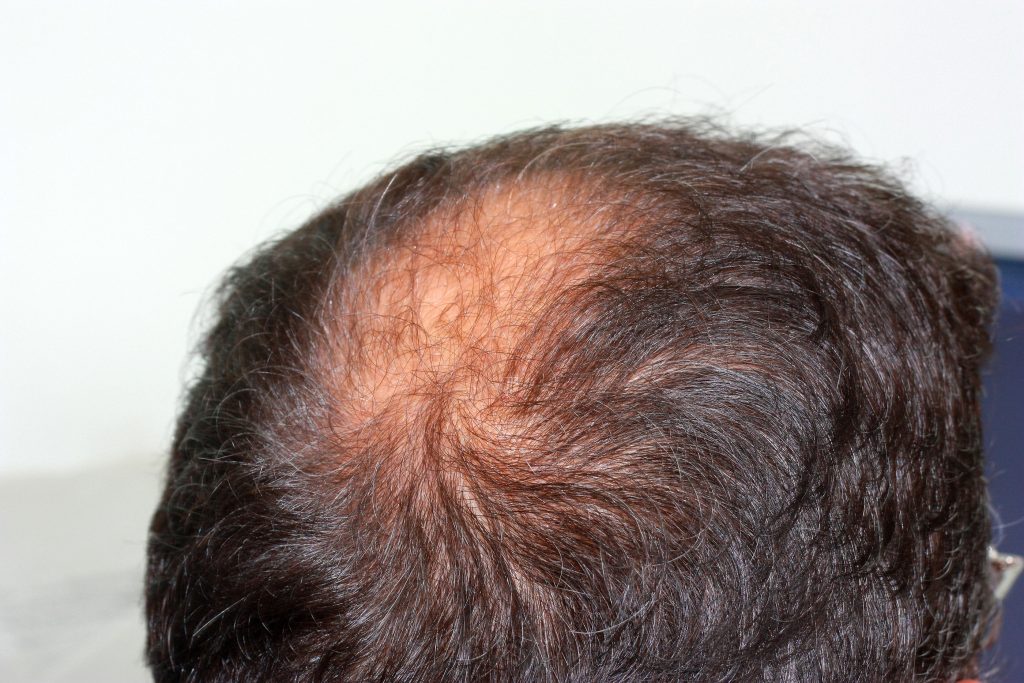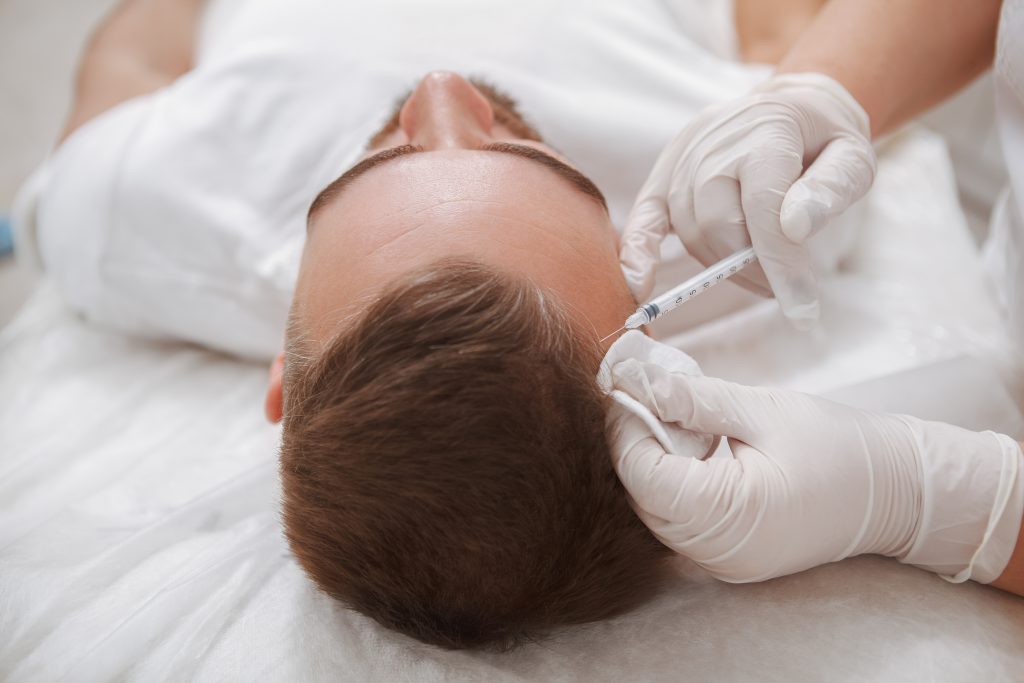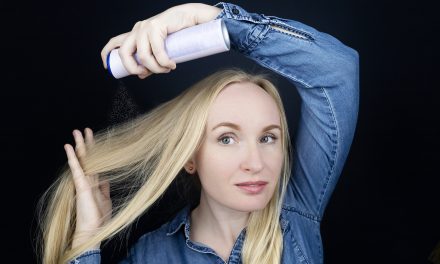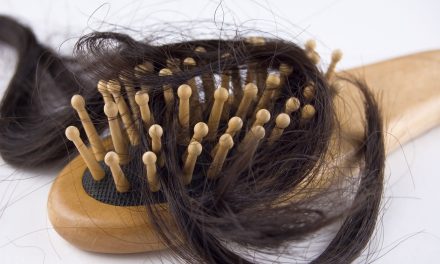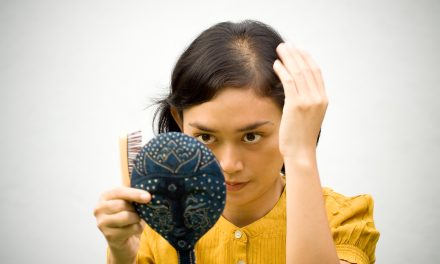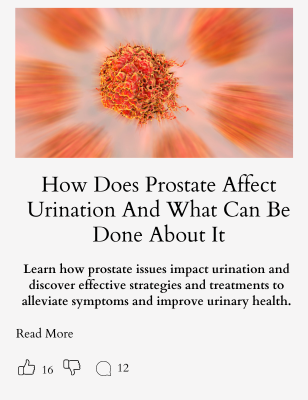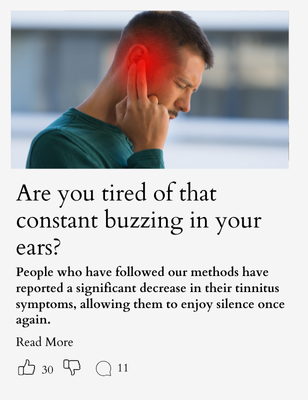Hair loss is a common issue affecting millions of people worldwide, with varying degrees of severity and causes. It is crucial for anyone experiencing hair loss to understand the factors contributing to their condition and seek appropriate treatments. Various treatments target different types of hair loss, and their effectiveness often depends on the individual’s specific circumstances and the underlying causes of their hair loss.
Medical treatments, surgical procedures, and lifestyle changes are some of the main approaches to address hair loss. While some treatments have been approved by the FDA and proven to show promising results, others may still be experimental or unproven. It is essential to consult with a healthcare professional before beginning any hair loss treatment to ensure it is suitable for your situation and to manage your expectations regarding the results.
Key Takeaways
- Medical treatments and surgical procedures can be effective in addressing hair loss
- Consulting a healthcare professional is crucial before starting any treatment
- Understanding underlying factors and causes helps in choosing the right treatment approach
Understanding Hair Loss
Causes of Hair Loss
There are various factors that can contribute to hair loss in both men and women. Some common causes include hereditary factors, hormonal changes, stress, poor diet, and aging. In many cases, hair loss is a result of a combination of these factors. Hereditary pattern baldness is the most common type of hair loss, affecting up to 80% of men and 50% of women at some point in their lives.
Types of Hair Loss
There are different types of hair loss, each with its own set of causes and characteristics. Here are a few examples:
- Androgenetic alopecia: Also known as hereditary pattern baldness, this type of hair loss is caused by a genetic predisposition and affects both men and women3.
- Alopecia areata: This is an autoimmune disorder causing patches of hair to fall out. It can affect people of any age, but typically first appears during childhood or adolescence.
- Telogen effluvium: A temporary hair loss condition often triggered by stress, hormonal changes or medications, leading to more hairs entering the rest phase.
- Traction alopecia: A form of hair loss caused by tension or pulling of the hair due to hairstyles such as tight ponytails, braids, or extensions.
| Type | Causes | Characteristics |
|---|---|---|
| Androgenetic | Genetic predisposition | Male/Female pattern |
| Alopecia areata | Autoimmune disorder | Patchy hair loss |
| Telogen effluvium | Stress, hormonal, medications | Temporary hair loss |
| Traction alopecia | Hairstyles causing tension or pulling | Hair loss on tension points |
Common Myths and Misconceptions
There are several myths and misconceptions surrounding hair loss. For instance, some people believe that regularly wearing hats or frequently washing the hair can lead to hair loss7. In reality, these factors are unlikely to cause significant hair loss. Another myth is that hair loss only affects men, but as mentioned earlier, women can also experience hair loss due to various reasons, including hormonal changes and hereditary factors.
It’s critical for individuals to differentiate between accurate information and myths to make informed decisions concerning hair loss prevention and treatment. By understanding the true causes and types of hair loss, individuals can better identify the factors contributing to their specific situation and seek appropriate treatment.
Footnotes
- American Academy of Dermatology – Hair loss: Diagnosis and treatment ↩
- WebMD – Hair Loss Treatments: Do They Work? ↩
- Mayo Clinic – Hair loss – Diagnosis and treatment ↩
- National Alopecia Areata Foundation – What causes alopecia areata? ↩
- Harvard Health – Telogen effluvium ↩
- American Academy of Dermatology – Traction alopecia: Causes ↩
- Scientific American – Do Hair Loss Treatments Actually Work? ↩
- Mayo Clinic Q and A: Treating hair loss ↩
Medical Hair Loss Treatments
Minoxidil (Rogaine)
Minoxidil, commonly known as Rogaine, is an over-the-counter hair loss treatment approved by the FDA. It is available in both foam and liquid forms, which are applied directly to the scalp. Minoxidil helps to promote hair regrowth by increasing blood flow and providing essential nutrients to the hair follicles. However, it may take several months before noticeable results are seen. Some potential side effects include scalp irritation and unwanted hair growth on the face and hands.
Finasteride (Propecia)
Finasteride, marketed as Propecia, is a prescription medication used to treat male pattern baldness. Unlike Minoxidil, it comes in the form of an oral tablet. Finasteride works by blocking the production of a hormone called DHT, which causes hair follicles to shrink and eventually stop producing hair. Patients usually see significant improvements within a year of starting the treatment. However, discontinuation of the medication may lead to reversal of the hair regrowth. Possible side effects include sexual dysfunction and an increased risk of prostate cancer.
Dutasteride
Dutasteride is another medication similar to Finasteride in that it also blocks the production of DHT. While it is not specifically FDA-approved for hair loss treatment, some physicians prescribe it off-label as a more potent option for treating hair loss due to its ability to inhibit both type I and type II 5-alpha-reductase enzymes. Dutasteride has been shown to be more effective in promoting hair regrowth compared to Finasteride, but it also comes with a higher risk of side effects.
Spironolactone (Aldactone)
Spironolactone, or Aldactone, is an oral medication that is typically prescribed to treat high blood pressure and fluid retention. It has also been used as an off-label treatment for hair loss, specifically in women suffering from androgenetic alopecia. The medication functions by blocking the effects of androgens, which can contribute to hair loss. Common side effects include dizziness, breast tenderness, and menstrual irregularities.
Corticosteroids
Corticosteroids are a class of medications that can be used to treat hair loss, particularly in cases of alopecia areata, an autoimmune disorder causing hair loss in patches. They can be administered through injections directly into the affected areas or taken orally in severe cases. Corticosteroids work to suppress the immune system, reducing inflammation and enabling hair regrowth. While this treatment can be effective for some individuals, long-term use of corticosteroids is not recommended due to the potential for severe side effects, such as high blood pressure, bone loss, and an increased risk of infection.
Surgical Hair Restoration
Surgical hair restoration is an option for those dealing with permanent hair loss. This section will discuss three common methods: Hair Transplant Surgery, Scalp Reduction, and Tissue Expansion.
Hair Transplant Surgery
Hair transplant surgery is a popular option for individuals with a receding hairline or bald spots. There are two common methods involved in this procedure: Follicular Unit Strip Surgery (FUSS) and Follicular Unit Extraction (FUE). In FUSS, a strip of scalp skin containing hair follicles is removed from the back of the head, and the individual follicles are then grafted onto the recipient areas. On the other hand, FUE involves the extraction of individual hair follicles directly from the donor area and transplanting them to the thinning or balding site. This method typically results in a more natural look and less scarring. Hair transplant procedures have a high success rate when performed by experienced surgeons.
Scalp Reduction
Scalp reduction is a surgical technique used to remove bald skin on the scalp and stretch the remaining hair-bearing skin to cover the area. This procedure is best suited for individuals who have a relatively small bald area. Scalp reduction can be combined with hair transplant surgery for more comprehensive coverage of bald spots. According to Johns Hopkins Medicine, the goal of this technique is to recreate the thinning hairline and fill in other areas where hair loss is noticeable.
Tissue Expansion
Tissue expansion is another surgical procedure to treat hair loss. It involves placing a tissue expander, which is a balloon-like device, under the hair-bearing scalp and slowly expanding it over time. This causes the skin to stretch and grow, creating extra skin with hair. The expanded skin is then used to cover nearby bald spots.
The choice of surgical hair restoration method depends on the extent of hair loss, available donor hair, and individual needs. It’s essential to consult with a qualified surgeon to determine the most suitable procedure for one’s specific situation. With proper care, these techniques can offer a long-lasting solution to permanent hair loss.
Alternative and Supplementary Treatments
Laser Therapy
Laser therapy is becoming a popular option for treating hair loss. Low-level light therapy (LLLT) has been found to increase hair growth and improve scalp health. This non-invasive treatment is administered through devices such as helmets or combs that emit red light to stimulate hair follicles. However, results might vary from person to person. It is important to discuss this method with a healthcare professional before trying it.
Nutritional Supplements and Diet
A balanced diet and proper nutrition play a significant role in the overall health of hair. Iron, vitamins, and other supplements can prevent hair thinning and promote hair growth. Nutrients like pumpkin seed oil, zinc, vitamin E, and omega fatty acids have been found to be beneficial for hair health. Additionally, commercial formulations like Viviscal and Nutrafol have also shown promising results.
It is crucial to consult a healthcare professional or nutritionist before adding supplements to your routine. Adjusting your diet to include essential nutrients can be a practical and cost-effective way to improve hair health and reduce hair loss.
Essential Oils and Topical Treatments
The use of essential oils and topical treatments, such as shampoos specifically developed for thinning hair, might be a helpful approach for some individuals. Ingredients like caffeine and biotin have been found effective in promoting hair growth when applied directly to the scalp skin.
However, choosing the right product is crucial as some active ingredients may cause irritation or allergic reactions. Always conduct a patch test to ensure a product’s safety and consult with a professional if you have any concerns.
Platelet-Rich Plasma Therapy
Platelet-Rich Plasma (PRP) therapy is a relatively new treatment for hair loss involving the use of an individual’s own blood. The blood is centrifuged to separate platelets, which are then re-injected into the scalp to stimulate hair follicles and encourage hair growth. While PRP therapy has shown promising results, more research is needed to establish its effectiveness and long-term benefits.
Keep in mind that it’s essential to consult with a medical professional prior to undergoing PRP therapy or any other treatments. This will enable you to make an informed decision and select the best course of action for your specific situation.
Lifestyle and Home Remedies
Stress Management
One of the crucial factors that contribute to hair loss is stress. It is essential to manage stress effectively to promote healthier hair growth. Some effective stress management techniques include meditation, yoga, deep breathing exercises, and regular physical activity. By incorporating these practices, you may improve your overall well-being and support your hair health.
Proper Hair Care
Proper hair care is another essential aspect in preventing hair loss. Adopting a suitable hair care routine can help to maintain healthy hair. It is crucial to choose the right shampoo and conditioner according to your hair type and to be gentle when washing and detangling your hair. Make sure to massage your scalp regularly with hair oils or masks to stimulate blood circulation and promote hair growth. Moreover, incorporating a healthy diet, rich in vitamins, minerals, and protein, is essential for hair health.
- Protein: Consuming adequate levels of protein is especially important to prevent hair loss, as it can support hair growth. For individuals following a vegan or vegetarian diet, consider increasing your protein intake.
- Vitamins and Minerals: Nutrients like biotin, vitamin D, zinc, and iron play vital roles in hair growth. Make sure your diet is balanced to maintain optimum hair health.
Avoiding Harmful Hair Practices
Certain hair practices can contribute to hair loss or exacerbate existing problems. To prevent further damage to your hair, consider avoiding the following:
- Harmful Hairstyles: Avoid hairstyles that pull your hair tightly, such as ponytails or braids, as this can lead to traction alopecia, a form of hair loss triggered by tension on the hair and scalp.
- Heat and Chemical Treatments: Excessive use of heat styling tools and chemical treatments like coloring, perms, or relaxers can weaken the hair shaft and lead to breakage and hair loss. It is important to limit their usage and give your hair time to recover.
- Extensions: Hair extensions can also cause damage to your hair, so be cautious when using them, and opt for gentle attachment methods.
By incorporating stress management techniques, adopting proper hair care, and avoiding harmful practices, you can help maintain a healthy scalp and potentially prevent hair loss. Remember, it is essential to consult with a healthcare professional if you have concerns about hair loss or underlying skin problems.
Understanding the Impact of Hormones
Testosterone and DHT
Testosterone, an androgen hormone, plays a significant role in hair growth and loss. Its more potent derivative, dihydrotestosterone (DHT), has been linked to hair loss in both men and women. DHT is 2.5 times more potent than testosterone and can weaken hair follicles, leading to hair loss. DHT attaches to receptors on hair follicles, causing them to shrink and disrupt the hair growth cycle. As DHT levels increase, hair loss becomes more severe, particularly in the vertex scalp while generally sparing the frontal hairline (source).
Menopause and Hair Loss
Menopause is a time of significant hormonal changes in a woman’s body, which can impact hair loss. During menopause, estrogen levels decline, leading to an increase in the effects of androgens like DHT. This hormonal imbalance can cause hair to thin and fall out more easily.
Some factors contributing to hair loss during menopause are:
- Hormonal fluctuations: Rapid changes in hormones can impact the hair growth cycle and cause hair to shed.
- Reduced estrogen levels: Estrogen helps protect hair follicles from damage caused by DHT. Lower levels of estrogen during menopause can lead to increased hair loss.
- Stress: Menopause can be a stressful time, and stress can exacerbate hair loss.
It is essential to understand that hair loss during menopause is a common issue for women, and addressing hormonal imbalances can help alleviate the problem. Treatments such as hormone therapy may be beneficial for women experiencing hair loss due to menopause. However, always consult a healthcare professional about your specific situation and the best course of action (source).
Recognizing Signs that Indicate Medical Attention
Rapid or Irregular Hair Loss
Rapid or irregular hair loss may be a sign of a medical condition that requires a doctor’s attention. One possible cause of sudden hair loss is alopecia areata, an autoimmune condition that affects hair follicles. If you notice sudden, rapid hair loss in small patches, contact a dermatologist to discuss possible treatments.
Infections and Skin Conditions
Infections, skin conditions, and inflammation can also cause hair loss. For example, psoriasis can lead to scalp irritation and hair loss. Skin issues such as fungal infections can also affect hair growth. If you suspect an infection, it’s important to consult a doctor or dermatologist to receive an accurate diagnosis and treatment plan.
- Psoriasis: Red, scaly patches on the scalp
- Fungal infection: Itchy, red, scaly patches; possible hair loss
- Inflammatory conditions: Eczema, redness, and inflammation
Pain, Bleeding, or Swelling of the Scalp
Pain, bleeding, or swelling of the scalp may indicate an underlying medical condition that needs to be addressed by a doctor. Cicatricial alopecia or central centrifugal cicatricial alopecia are examples of hair loss conditions that can cause pain, inflammation, and scarring. In these conditions, the hair follicles are replaced with scar tissue, leading to permanent hair loss. If you experience any pain, bleeding, or swelling, seek medical attention from a dermatologist, who will determine the cause and recommend appropriate treatment.
What to Expect During Diagnosis & Treatment
Initial Consultation with a Dermatologist
During the initial appointment, a patient with hair loss will meet with a dermatologist who specializes in identifying and treating hair and scalp conditions. The doctor will discuss the patient’s medical history, current medications, and any possible triggers for the hair loss. This information gathering is crucial in pinpointing the underlying cause of the hair loss and determining the most effective treatment plan.
Tests and Examinations
A dermatologist may perform several tests to diagnose the cause of hair loss accurately. These may include:
- Blood tests: These can help identify medical conditions that can cause hair loss, such as anemia, hormonal imbalances, or thyroid issues.
- Scalp biopsy: The doctor scrapes samples from the scalp skin or plucks a few hairs to examine the hair roots under a microscope. This helps determine if an infection, inflammation, or scarring is responsible for the hair loss.
- Light microscopy: Using a special instrument, the dermatologist can examine hairs trimmed at their bases to assess the hair shaft’s structure and detect potential causes of hair fall.
Discussing Treatment Options
After determining the underlying cause of hair loss, the dermatologist will discuss various treatment options suitable for the patient’s specific condition. Some of the commonly prescribed treatments include:
- Medications: Minoxidil (Rogaine) and finasteride (Propecia) are FDA-approved drugs that can help slow hair loss and promote regrowth in some cases. However, finasteride is typically not prescribed to women due to potential side effects and increased risk of birth defects.
- Lifestyle changes: Addressing underlying medical conditions, improving nutrition, and minimizing stress may help reduce hair loss and promote healthy hair growth.
- Surgical interventions: Hair transplant surgery or scalp reduction surgery may be considered in cases where hair loss is severe, scarring, or unresponsive to other treatments.
Evaluating Treatment Efficacy
It is essential to have realistic expectations and patience when undergoing hair loss treatment. Most treatments take time to work, and noticeable improvement might take around 4 months. The dermatologist will closely monitor the patient’s progress and make adjustments to the treatment plan if necessary. In some cases, combination therapy (using multiple treatments simultaneously) might be recommended to enhance treatment efficacy and help the patient achieve the desired hair regrowth.
Frequently Asked Questions
Which medical treatments are proven to promote hair regrowth?
Two FDA-approved medical treatments for hair regrowth are Minoxidil and Finasteride. Minoxidil, available over the counter, is applied directly to the scalp and has been shown to be effective in both men and women. Finasteride, a prescription medication, inhibits a hormone linked to hair loss and has been proven effective in men.
How do gender-specific hair loss treatments differ in effectiveness?
The effectiveness of hair loss treatments can vary between genders due to hormonal differences and genetic factors. Minoxidil is used twice daily for men and once daily for women to achieve the best results. Finasteride is found to be effective only in men, and is not typically recommended for women due to potential side effects and limited efficacy.
What over-the-counter options are available for slowing down hair loss?
Minoxidil is the most common over-the-counter treatment for slowing down hair loss. It is available in liquid, foam, and shampoo forms and can help maintain existing hair while promoting regrowth in some cases.
Is it possible to reverse hair thinning and increase hair density?
In some cases, hair loss treatments like Minoxidil and Finasteride can help reverse hair thinning and promote regrowth. However, the effectiveness of treatments can vary depending on the cause of hair loss, individual response, and consistency of use. Early intervention and proper diagnosis are crucial for increasing the chances of successful treatment.
What are the best clinical procedures for treating hair loss?
Clinical procedures such as hair transplant surgery, scalp reduction, and platelet-rich plasma (PRP) therapy may be effective in treating hair loss. Hair transplant surgery involves moving hair follicles from one part of the head to another, while scalp reduction reduces the area of thinning or balding skin. PRP therapy uses the patient’s own blood platelets to stimulate hair growth. It is essential to discuss these treatment options with a dermatologist or hair restoration specialist to determine the best course of action.
Are there any natural remedies backed by science for preventing hair loss?
Although numerous natural remedies claim to prevent hair loss, scientific evidence supporting their effectiveness is often limited. However, some studies suggest that certain supplements, such as Biotin, might improve hair health and promote growth when used in conjunction with other treatments. It is important to talk to a healthcare professional before trying any natural remedies or supplements for hair loss.

